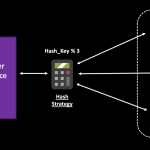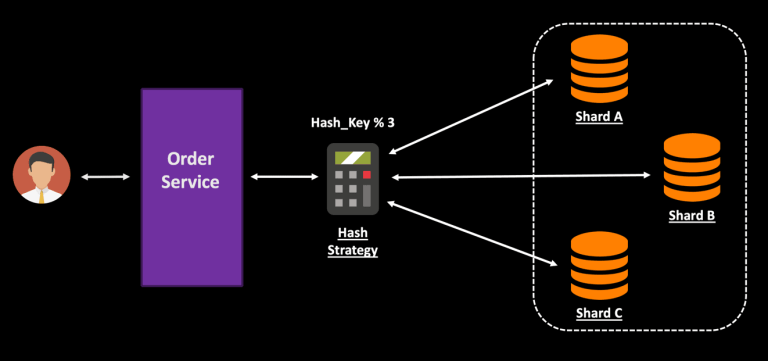Imagine starting a small cafe.. At first, one chef handles all the orders—quick, simple, and efficient. But as the café becomes popular, one chef can’t keep up with the growing demand. To keep customers happy, you hire more staff, expand the kitchen, and create a system where tasks are shared seamlessly.
This is the story of database scaling. A single database instance works perfectly for small operations, but as applications grow, businesses must expand to clustered architectures. The challenge lies in making the shift smoothly—balancing speed, reliability, and efficiency without overwhelming the system.
The Single Instance: The One-Chef Kitchen
In the early stages, a single database is like that lone chef—handling all queries, transactions, and updates. It’s simple to manage, cost-effective, and ideal for smaller workloads. Developers love the straightforwardness because everything lives in one place.
However, as requests pile up, bottlenecks form. Just like a busy café with one chef, response times are slow, and errors creep in. Hardware upgrades—adding more memory or faster processors—can help for a while, but eventually, the limits are reached.
This is often the point where learners in a full-stack developer course first encounter real-world scaling challenges. They see how database growth isn’t just about capacity, but about designing systems that adapt gracefully under pressure.
Replication: Sharing the Load
Replication is like hiring more chefs who can make the same dishes. Instead of all requests hitting the primary database, copies of the database—read replicas—handle queries, while the main one focuses on critical updates.
This approach improves performance and provides redundancy. If one replica fails, others continue serving data. But replication has its pitfalls too—keeping all copies in sync is tricky, especially under heavy loads.
It’s a balancing act, requiring careful monitoring to prevent inconsistencies that could disrupt applications relying on real-time data.
Sharding: Dividing the Kitchen
When even replication isn’t enough, sharding comes into play. Imagine dividing the café into multiple kitchens, each specialising in certain menu items. Customers are directed to the right kitchen based on their order.
Sharding splits the database into smaller, manageable chunks. Each shard handles a subset of the data—like separating users by region or transactions by type. This dramatically improves scalability, as no single node carries the entire burden.
The complexity, however, rises. Routing queries to the right shard, maintaining balance, and handling cross-shard queries require precision. It’s like managing multiple kitchens while ensuring the food tastes consistent across all.
Clustered Architectures: The Full Orchestra
At the highest level, clustered databases resemble a full orchestra. Each section—strings, brass, percussion—plays its part, coordinated to produce harmony. Nodes in a cluster share responsibilities, distribute workloads, and provide resilience.
Clustered setups support massive scalability, fault tolerance, and high availability. If one node goes down, others take over, ensuring uninterrupted service. This resilience makes clustered architectures the gold standard for modern, large-scale applications.
Advanced concepts, such as consensus algorithms (e.g., Raft, Paxos) and distributed transaction management, help keep the system consistent, even as it grows across regions and data centres.
Training programs, such as a full-stack developer course, often expose learners to these clustered designs, teaching them how to architect systems that power global-scale applications, including e-commerce platforms and social networks.
Conclusion
Scaling databases is a journey that mirrors business growth. From a single chef in a cosy café to a full orchestra of specialists, every stage requires foresight, planning, and balance.
The path from single instances to clusters is not just about handling more data—it’s about building resilience, maintaining performance, and ensuring the system grows without breaking.
























+ There are no comments
Add yours